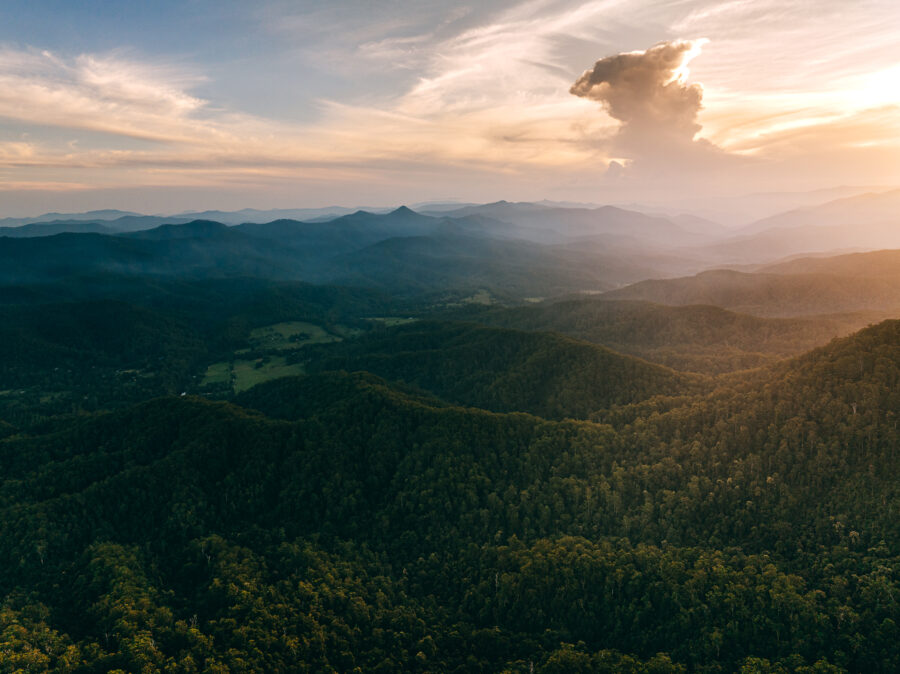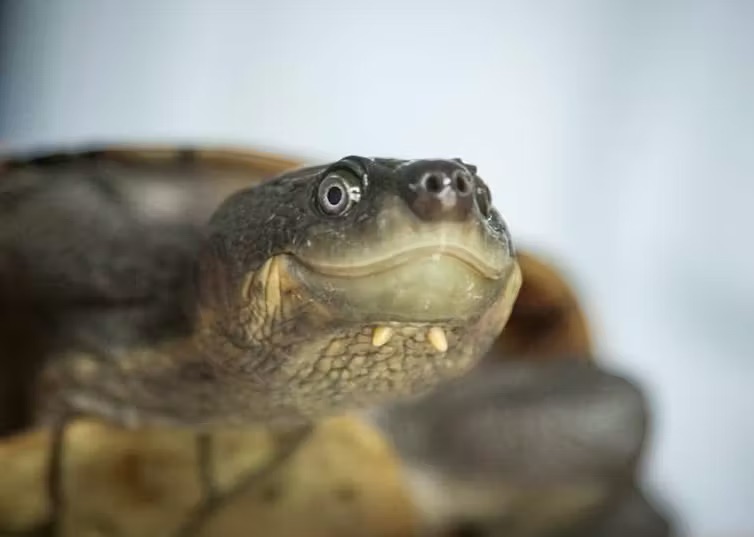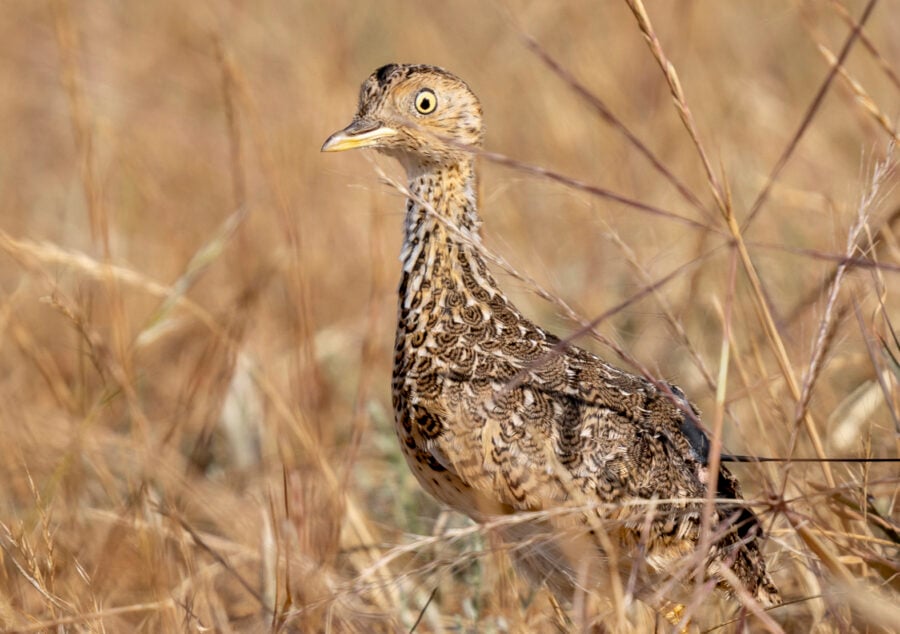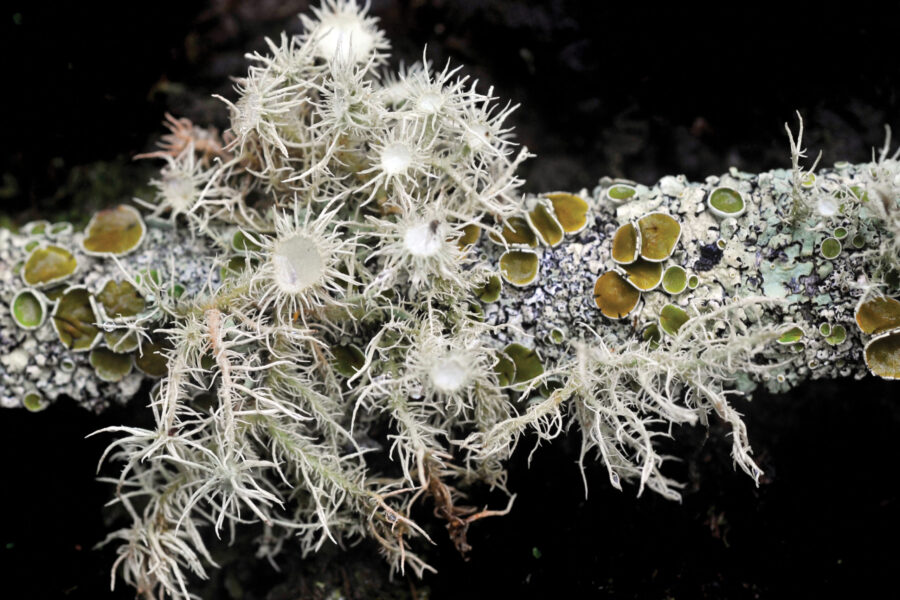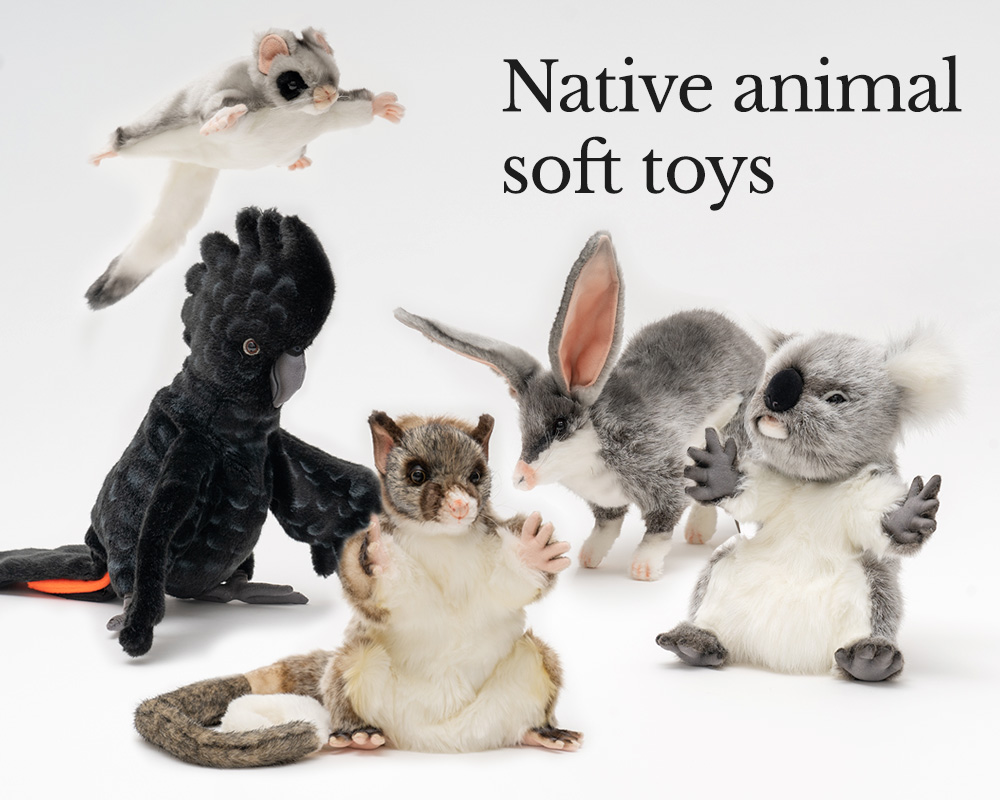Why were hundreds of koalas shot en masse inside a Victorian national park?
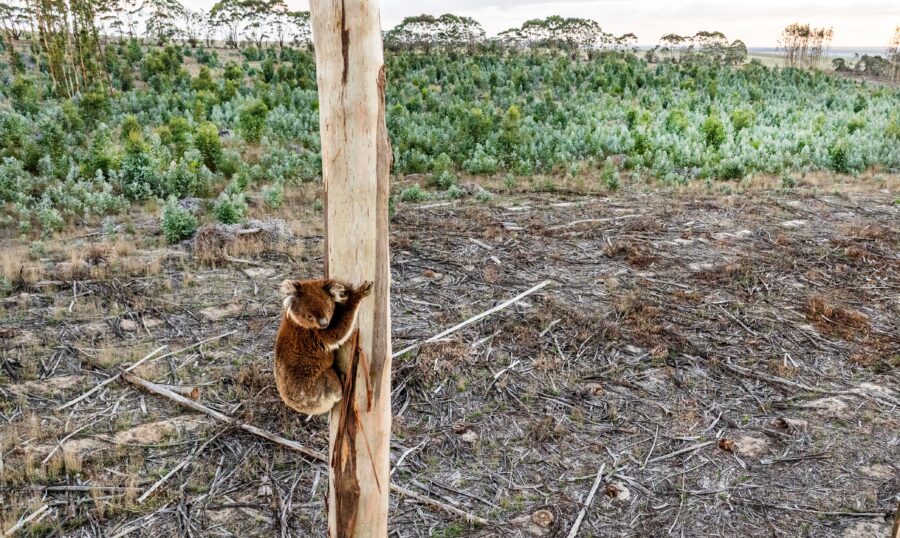
More than 750 koalas were killed by helicopter marksmen in Budj Bim National Park in western Victoria between 15 March and 15 May.
Victoria’s Department of Energy, Environment and Climate Action (DEECA) authorised the shooting after a lightning strike ignited a fire inside the national park on 10 March and burned through 2200ha of habitat, including large stands of manna gums – the main food source for koalas inside the park.
The public was not informed prior to the response but the story broke after a tip to journalists at an online news site.
“Authorities snipe hundreds of koalas from helicopters in controversial ‘aerial cull’ in Australia,” cried a headline in the Smithsonian magazine.
“Huge outcry as Australia shoots 700 koalas from helicopters,” reported the BBC Wildlife Magazine.
“Hundreds of koalas killed in Australia cull, leaving joeys caught in the crossfire orphaned, activists say,” said the New York Post.
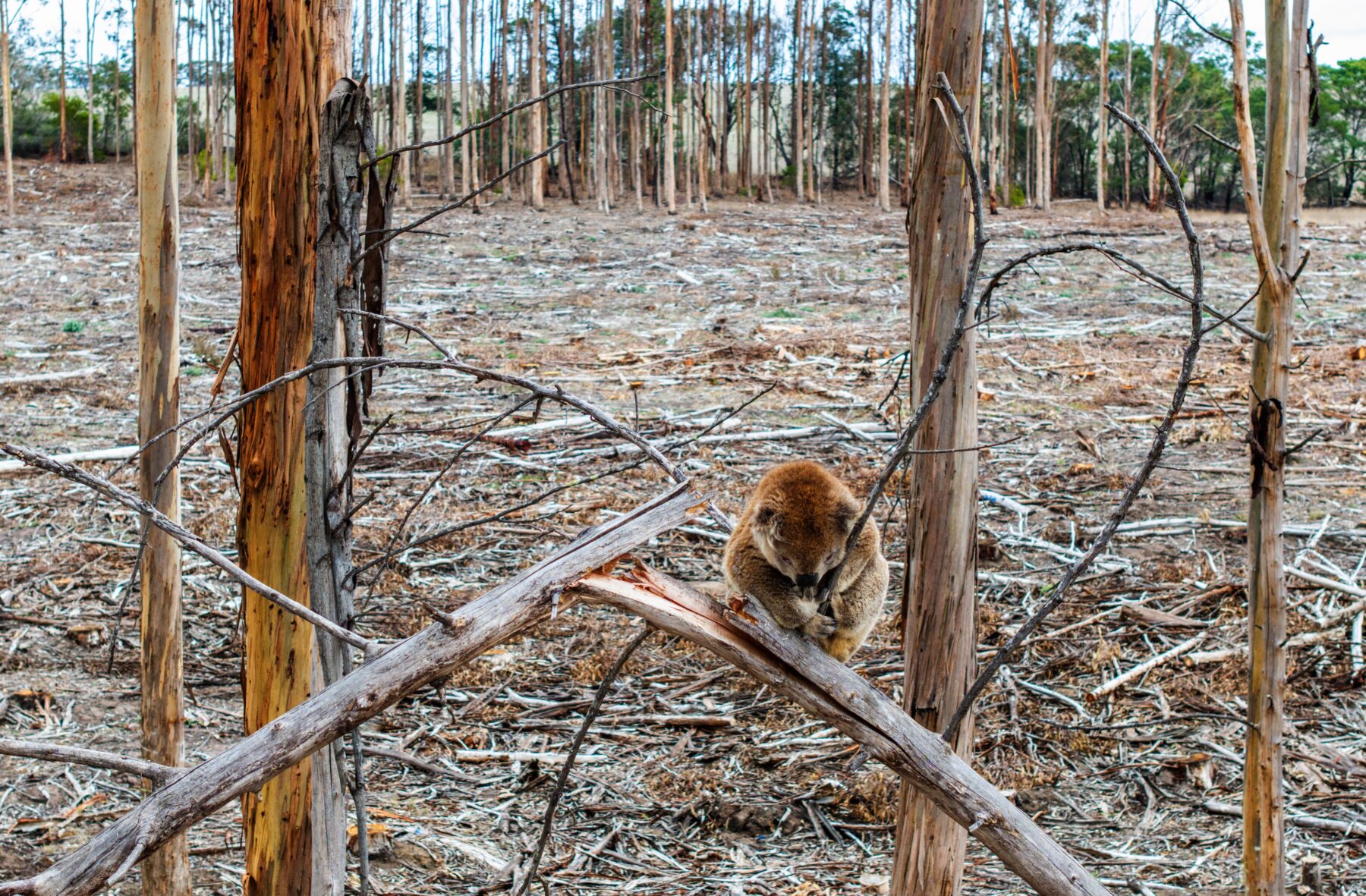
Breaking in the thick of the federal election campaign, the story received lukewarm interest by Australian media but was widely circulated by animal rights groups on social media and met with public backlash.
Jess Robertson, president of Koala Alliance, which brings “together wildlife rescuers, carers and advocates” to protect the species, launched a petition demanding an independent inquiry into both the incident and DEECA’s broader koala management practices.
Key concerns included DEECA’s lack of transparency about details such as shooter credentials, the extent of vegetation loss, and the names of the koala experts involved in the decision.
The Animal Justice Party also launched a petition denouncing the koala cull and demanding an immediate ban of aerial shooting of all animals.
DEECA has since released a statement defending its response as an act of euthanasia, advising that “the decision to employ this method was not taken lightly” but was made after extensive consultation with animal welfare experts and veterinarians. It reported that 48 per cent of the 2219 koalas assessed by aerial and ground teams after the fire were suffering from burns and other severe injuries and were euthanised.
“The only viable options for large parts of the park were to either leave the impacted koalas to deteriorate and die slowly and painfully or take steps to end their suffering by using aerial assessments and euthanasia,” the statement said.
Culled or euthanised?
Animal rights groups say the koalas were culled; DEECA says they were euthanised.
Culling is typically associated with population management and pest control, while euthanasia aims to reduce suffering in sick or injured animals.
Associate Professor Desley Whisson is a terrestrial wildlife ecologist at Deakin University who has spent her career studying koala populations across Victoria, including those inside Budj Bim National Park. She was not involved in DEECA’s aerial shooting response, but believed it was the right decision given the circumstances.
She said many of the koalas were covered in second- and third-degree burns after the fire and suffering from respiratory illnesses due to smoke inhalation.
“There would’ve also been a lot of koalas that were either sprayed with fire retardant as they were trying to put the fire out,” she added, “and there would have been koalas also feeding on leaves that were covered in fire retardant. That fire retardant’s full of all sorts of toxic stuff.”
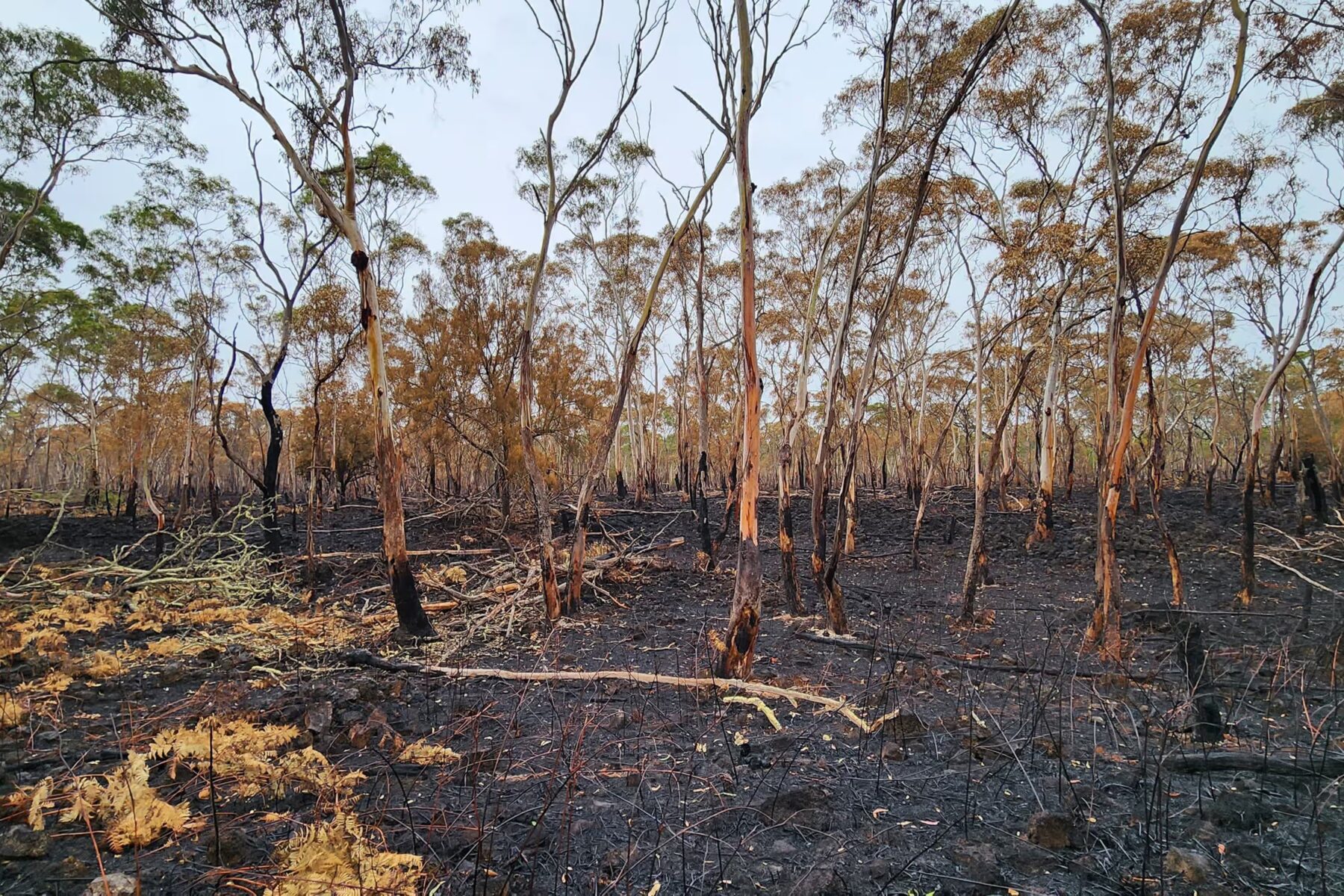
Whisson’s previous field research revealed that many koalas at Budj Bim NP were not in great health to begin with; the March bushfire was preceded by a year of drought that affected the moisture content of eucalyptus leaves.
“We did some health assessments last year that showed a lot of koalas there were just in chronically poor condition, not because of disease, not because of high [population] densities, just because the food isn’t great for them,” Whisson said. “So, you’ve got poor condition koalas, and then you have this really extreme fire event.”
She said the koalas were euthanised, not culled. “This wasn’t done for [population] control, it wasn’t done to reduce numbers – it was simply done to reduce suffering,” she said. “It was an emergency response, and in an emergency response you have to act quickly and do whatever is best for the animal.”
What about native species’ protection?
In Queensland, New South Wales and the Australian Capital Territory, the koala is listed as an endangered species under the EPBC Act – but not in Victoria or South Australia.
Victoria’s koala population is large and stable enough for the species not to merit inclusion as an endangered species in that state, although as a native animal it’s protected under the Wildlife Act 1975.
One reason for the koala’s abundance across the state is the extent of blue gum plantations, which are a large source of food and habitat (albeit a temporary one). Since blue gum plantations were established in the 1990s, there has been a corresponding increase in koala populations throughout Victoria’s south-west.
“Around Budj Bim in particular…koalas have certainly taken advantage of the blue gum plantations in that region, and they’re probably some of the highest density koala populations that we have in the state,” Whisson said.
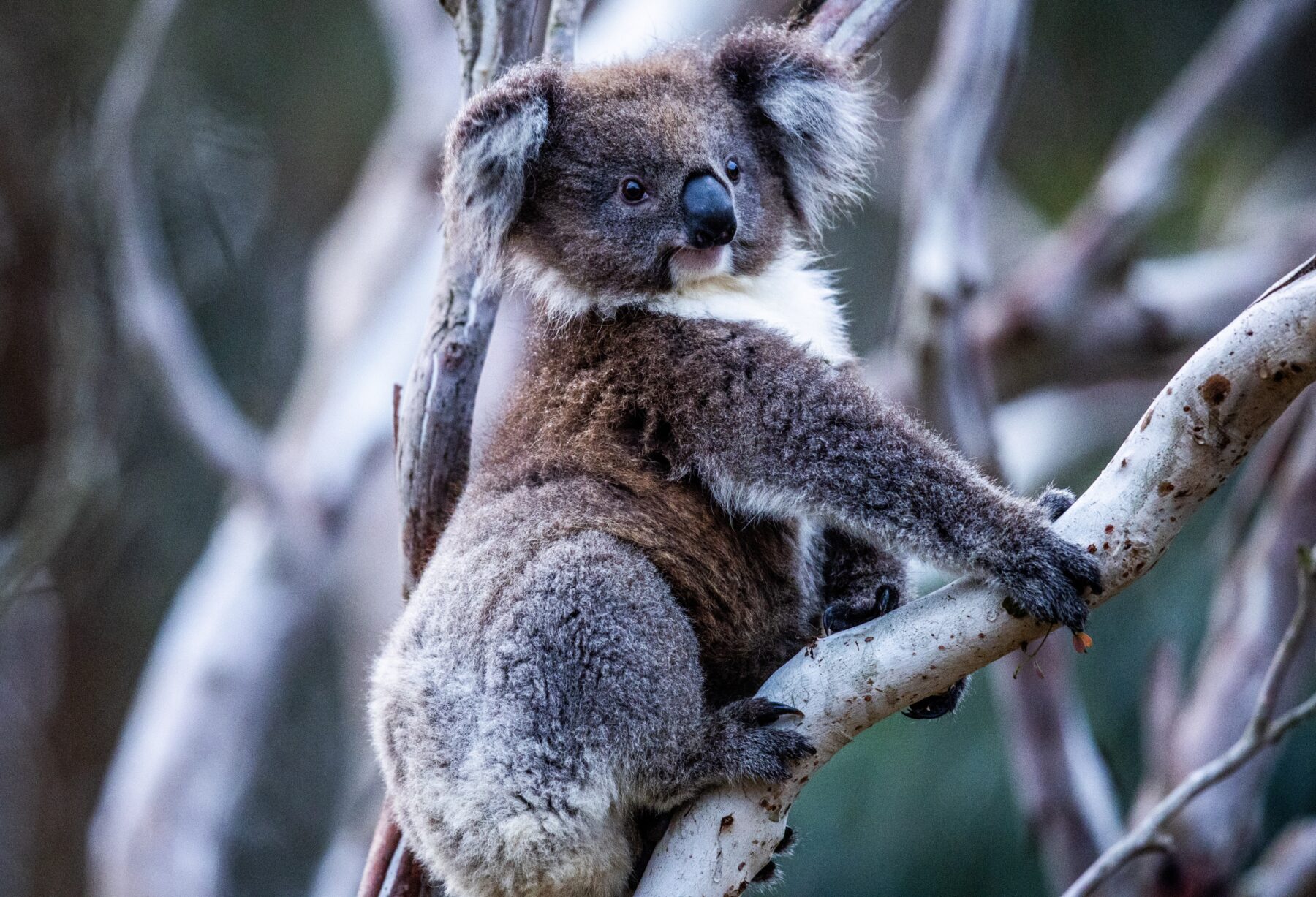
When these blue gum plantations are harvested, koalas become displaced and venture into neighbouring plantations or remnant forests. Logging has fragmented these areas, creating habitat islands that are unconnected by continuous forest.
This ultimately puts koalas at greater risk during bushfires because they are concentrated in pockets of habitat, not dispersed in low densities across a given area. If a fire ignites in the area, these slow-moving animals will be at higher risk of mortality compared to, say, kangaroos or birds that can quickly flee an area.
To prevent an incident such as the one that has sparked the recent controversy from happening again, experts argue that habitat needs to become less fragmented and more connected – especially with climate change increasing the frequency and intensity of bushfires.
Whisson said loggers are legally required to protect koalas during forest harvesting.
“Plantation companies have a legal obligation to survey koalas prior to harvest to understand how many koalas might be in a plantation, and they also have a legal obligation to find every koala in the plantation prior to harvest,” she said.
“They send spotters ahead of the harvesters, and for every koala found, they mark its tree and the neighbouring eight trees around it [with spray paint], so you get a cluster of nine trees that the harvesters are not permitted to harvest.”
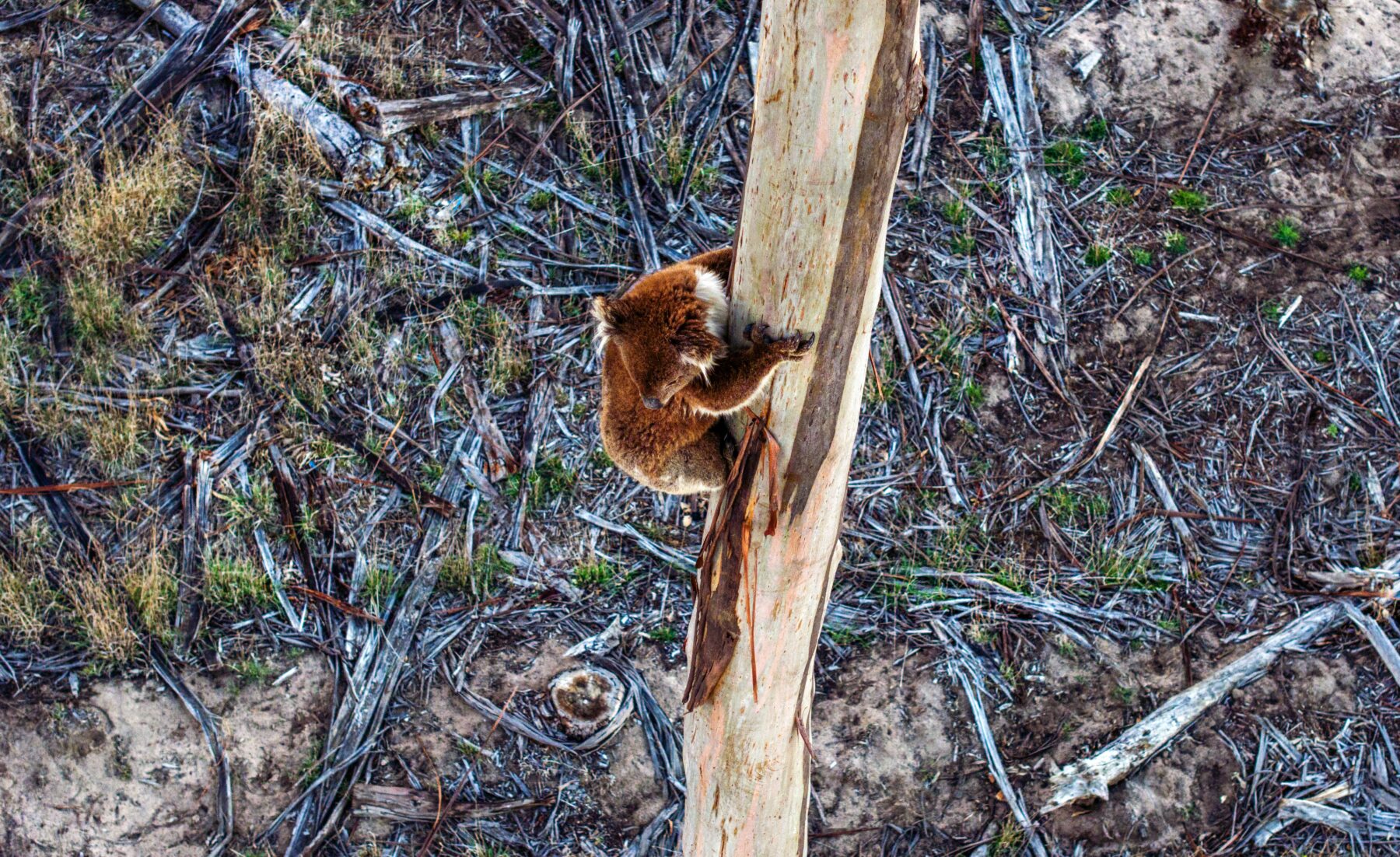
Whisson said this legislation is just to protect koalas, not to provide habitat. “Once koalas have left those small patches, the harvesters are allowed to go back and harvest those trees,” she said.
Whisson added that, moving forward, blue gum industry and the state government should make a proactive effort to create more native habitat for koalas, in a bid to avoid similar incidents from happening again in the future. The best way to do this is to create more native habitat and connect it up.
“Creating that native habitat is going to require a bit of thought, because you don’t simply want to plant the koala’s favourite food because then that’s going to contribute to more population increases in a landscape that can’t support koalas,” Whisson said. “The ideal solution for koalas would be to stop growing blue gum plantations…plant more native habitat and connect it up; look at roadside vegetation and increase trees and connectivity between the bigger patches.”
Unnecessary cruelty or the lesser of two evils?
Arguably the most controversial part of this incident was DEECA’s decision to shoot the fire-affected koalas from a helicopter. It’s the first time that koalas have been aerially euthanised in Victoria, and quite possibly Australia.
Whisson says Budj Bim National Park’s geography was the main reason for this, because large areas of the park are almost impossible to access on foot. Many areas of the park that can be reached by car or foot would have been unsafe because of the high risk of falling trees and branches after the fire.
“I’ve worked in there to catch koalas before, and it’s the most difficult terrain I have ever worked in,” Whisson said. “It’s lava flow country, so there are really sharp rocks underfoot and massive sinkholes in places… It’s probably the most difficult place of all to have this type of thing happen, because you just can’t access anything.”
